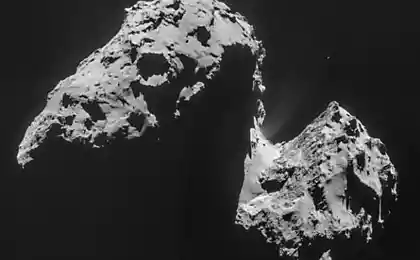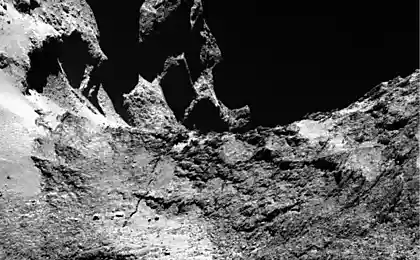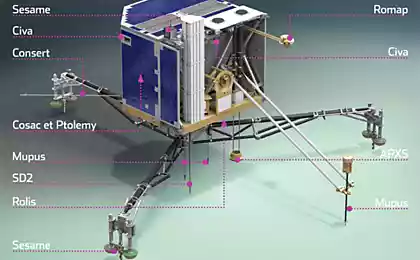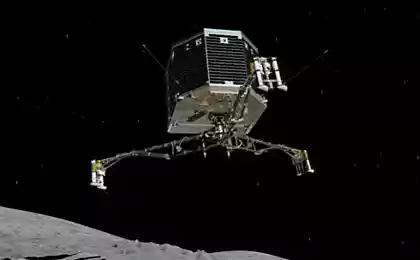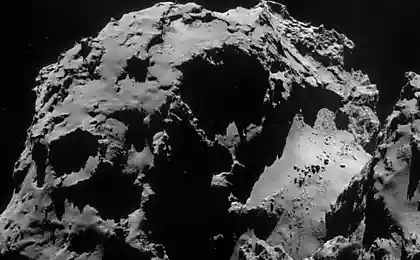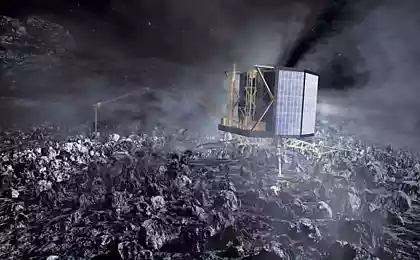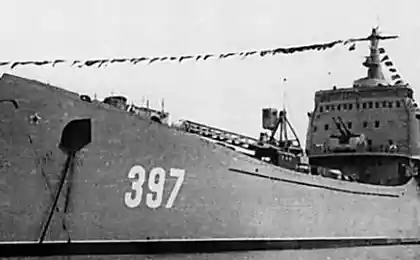958
The project team invited the Rosetta mission to finish, placing the unit on a comet next year
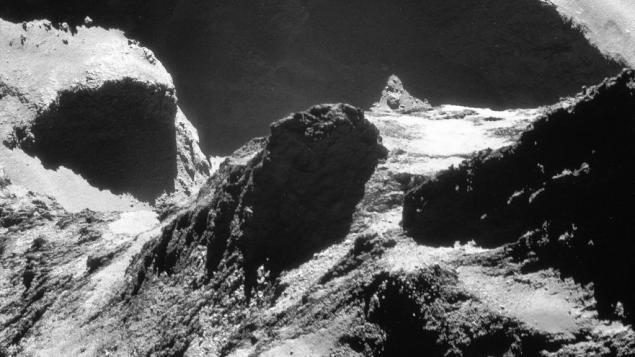
This week, representatives of the project team interplanetary probe Rosetta made a bold proposal - put the machine on a comet next year, completing thus the mission of the unit. August 13 the comet Churyumov-Gerasimenko closer to the Sun at a minimum distance of 186 million km, and then pulls away, continuing their way around the world (full turn takes about 6, 5 years).
Currently, the mission will be complete in December 2015, simply turning off the machine until the team could begin work on new projects. But now the plan proposes to amend, allowing Rosetta comet closer to spiral downward, so that the station until the end of the work (possibly before September 2016 - on condition the allocation of additional funds for the project) photographed the comet and additional measurements.
Of course, we all remember that the probe Philae was getting comet, twice hitting the surface, and sat in the shade of the crater, which is not allowed machine run longer than a few days. Almost all the scientific experiments that probe had to spend, he held. Now the project team continues to try to awaken the probe, hoping that as the amount of energy the Sun, produced by photocells unit, enough to recharge his batteries a > and continue.
As for Rosetta, the initial plan envisaged the introduction of the device into sleep mode at the end of the mission, with the possibility of removing this mode at the right time. But the problem is that the station is not much fuel, and this puts additional obstacles complicating the task. In addition, scientists do not see much benefit from the fact that Rosetta will be on the current orbit for a long time - all that could be learned from this point, is already fixed.
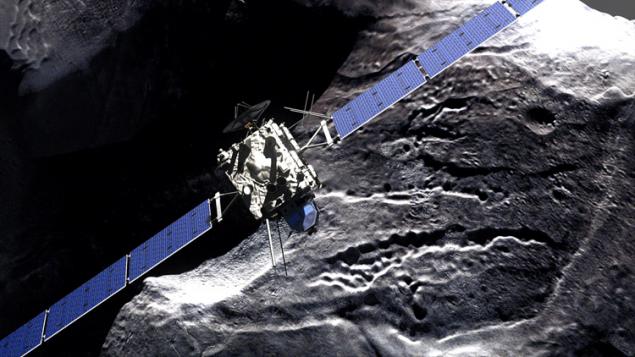
So can look at the Rosetta flyby of the comet. Image: DLR (CC-BY 3.0) i>
But if you start up the unit in a downward spiral, with photographing all the details of the comet, the project takes on a new color. In this case, scientists will be able to obtain a large amount of new information, including photographs.
Now the team will "push" the offer a few higher authorities, that can be difficult. But scientists hope to succeed, and the continuation of his mission has about a year. At the same time the exact amount of funds that may be needed, too, do not fully calculated.
Source:
Smart clock in conjunction with the smart home: fly or not fly?
On «Kickstarter» began collecting money for the children's designer to build drones






